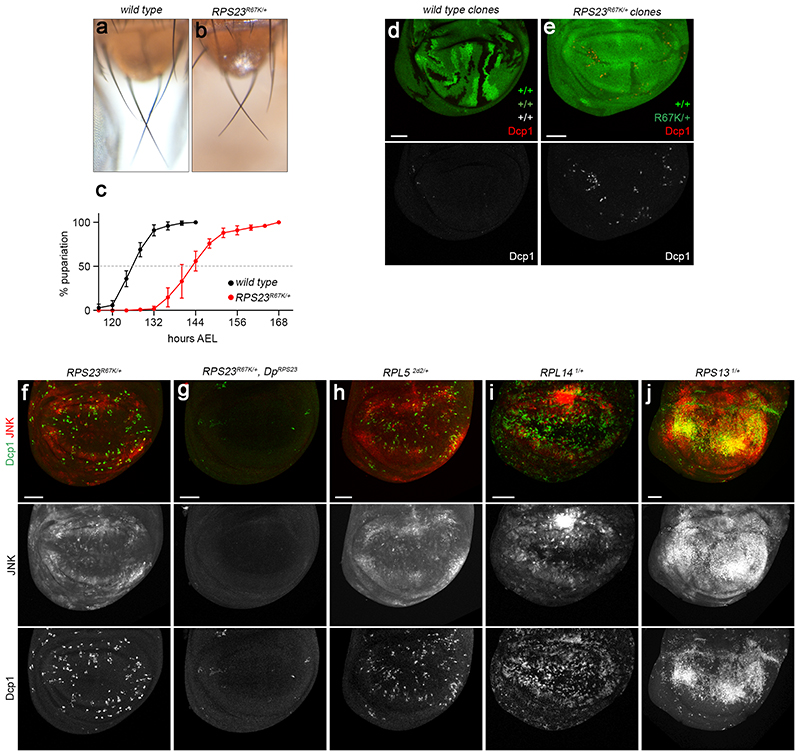Extended data figure 1. Phenotypes of Minute heterozygotes.
(a, b) Scutellar region of control and RPS23R67K/+ flies showing the short-bristle phenotype that characterises Minute heterozygotes. (c) Cumulative distribution of pupariation time for control (n = 143 larvae) and RPS23R67K/+ (n = 134 larvae). Error bars represent standard deviation (d) Control mosaic imaginal disc harbouring wildtype clones (2X GFP) and their wild type twin clones (absence of GFP), induced by heat shock-mediated expression of FLP (hs-FLP). Note the low number of Dcp1-positive cells (red and grey). (e) Mosaic imaginal discs harbouring wild type clones (2X GFP) in a RPS23R67K/+ background (1X GFP), also induced with hs-FLP. Here the twin clones (RPS23R67K/R67K) are rapidly eliminated and the wild type cells outcompete the RPS23R67K/+ cells, which undergo a high rate of apoptosis (Dcp1, red and grey). (f, g) JNK signalling (indicated by expression of the TRE-GFP reporter and apoptosis (Dcp1) in RPS23R67K/+ are fully supressed by a wild type copy of RPS23 from a genomic duplication (g). (h-j) JNK signalling and apoptosis in a panel of heterozygous Minute mutants (RPL5, RPL14, and RPS13). Scale bars represent 50 μm. Genotypes for each figure panel are available in Supplementary Table 1. Source data is available for this figure.

